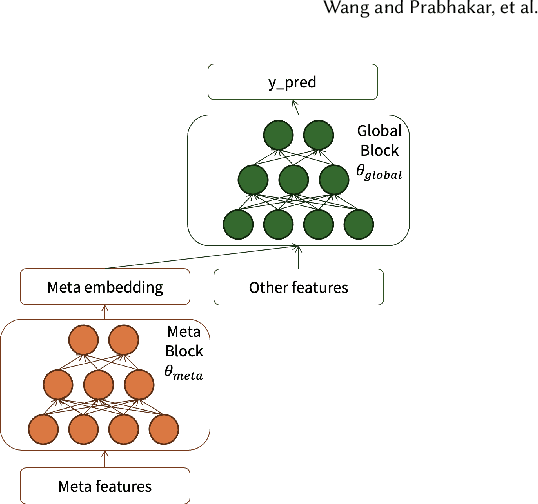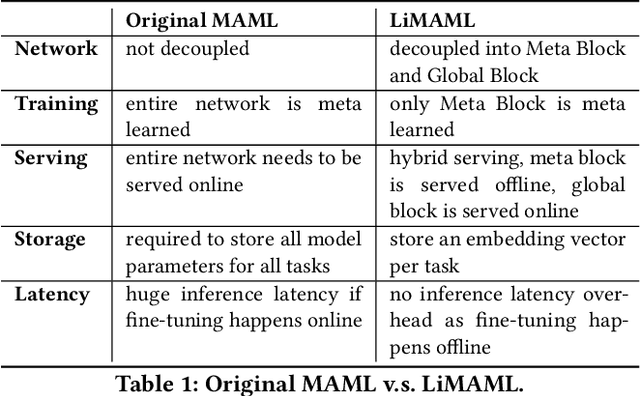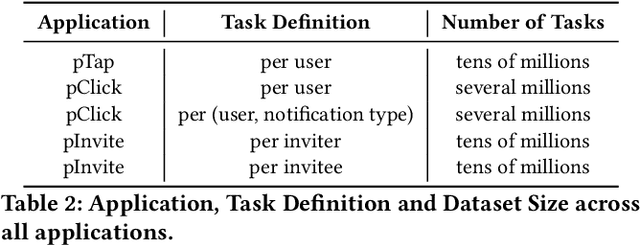Ruofan Wang
Reinforced Diffuser for Red Teaming Large Vision-Language Models
Mar 08, 2025Abstract:The rapid advancement of large Vision-Language Models (VLMs) has raised significant safety concerns, particularly regarding their vulnerability to jailbreak attacks. While existing research primarily focuses on VLMs' susceptibility to harmful instructions, this work identifies a critical yet overlooked vulnerability: current alignment mechanisms often fail to address the risks posed by toxic text continuation tasks. To investigate this issue, we propose a novel Red Team Diffuser (RTD) framework, which leverages reinforcement learning to generate red team images that effectively induce highly toxic continuations from target black-box VLMs. The RTD pipeline begins with a greedy search for high-quality image prompts that maximize the toxicity of VLM-generated sentence continuations, guided by a Large Language Model (LLM). These prompts are then used as input for the reinforcement fine-tuning of a diffusion model, which employs toxicity and alignment rewards to further amplify harmful outputs. Experimental results demonstrate the effectiveness of RTD, increasing the toxicity rate of LLaVA outputs by 10.69% on the original attack set and 8.91% on a hold-out set. Moreover, RTD exhibits strong cross-model transferability, raising the toxicity rate by 5.1% on Gemini and 26.83% on LLaMA. These findings reveal significant deficiencies in existing alignment strategies, particularly their inability to prevent harmful continuations. Our work underscores the urgent need for more robust and adaptive alignment mechanisms to ensure the safe deployment of VLMs in real-world applications.
A Mousetrap: Fooling Large Reasoning Models for Jailbreak with Chain of Iterative Chaos
Feb 19, 2025Abstract:Large Reasoning Models (LRMs) have significantly advanced beyond traditional Large Language Models (LLMs) with their exceptional logical reasoning capabilities, yet these improvements introduce heightened safety risks. When subjected to jailbreak attacks, their ability to generate more targeted and organized content can lead to greater harm. Although some studies claim that reasoning enables safer LRMs against existing LLM attacks, they overlook the inherent flaws within the reasoning process itself. To address this gap, we propose the first jailbreak attack targeting LRMs, exploiting their unique vulnerabilities stemming from the advanced reasoning capabilities. Specifically, we introduce a Chaos Machine, a novel component to transform attack prompts with diverse one-to-one mappings. The chaos mappings iteratively generated by the machine are embedded into the reasoning chain, which strengthens the variability and complexity and also promotes a more robust attack. Based on this, we construct the Mousetrap framework, which makes attacks projected into nonlinear-like low sample spaces with mismatched generalization enhanced. Also, due to the more competing objectives, LRMs gradually maintain the inertia of unpredictable iterative reasoning and fall into our trap. Success rates of the Mousetrap attacking o1-mini, claude-sonnet and gemini-thinking are as high as 96%, 86% and 98% respectively on our toxic dataset Trotter. On benchmarks such as AdvBench, StrongREJECT, and HarmBench, attacking claude-sonnet, well-known for its safety, Mousetrap can astonishingly achieve success rates of 87.5%, 86.58% and 93.13% respectively. Attention: This paper contains inappropriate, offensive and harmful content.
IDEATOR: Jailbreaking VLMs Using VLMs
Oct 29, 2024



Abstract:As large Vision-Language Models (VLMs) continue to gain prominence, ensuring their safety deployment in real-world applications has become a critical concern. Recently, significant research efforts have focused on evaluating the robustness of VLMs against jailbreak attacks. Due to challenges in obtaining multi-modal data, current studies often assess VLM robustness by generating adversarial or query-relevant images based on harmful text datasets. However, the jailbreak images generated this way exhibit certain limitations. Adversarial images require white-box access to the target VLM and are relatively easy to defend against, while query-relevant images must be linked to the target harmful content, limiting their diversity and effectiveness. In this paper, we propose a novel jailbreak method named IDEATOR, which autonomously generates malicious image-text pairs for black-box jailbreak attacks. IDEATOR is a VLM-based approach inspired by our conjecture that a VLM itself might be a powerful red team model for generating jailbreak prompts. Specifically, IDEATOR employs a VLM to generate jailbreak texts while leveraging a state-of-the-art diffusion model to create corresponding jailbreak images. Extensive experiments demonstrate the high effectiveness and transferability of IDEATOR. It successfully jailbreaks MiniGPT-4 with a 94% success rate and transfers seamlessly to LLaVA and InstructBLIP, achieving high success rates of 82% and 88%, respectively. IDEATOR uncovers previously unrecognized vulnerabilities in VLMs, calling for advanced safety mechanisms.
EnJa: Ensemble Jailbreak on Large Language Models
Aug 07, 2024



Abstract:As Large Language Models (LLMs) are increasingly being deployed in safety-critical applications, their vulnerability to potential jailbreaks -- malicious prompts that can disable the safety mechanism of LLMs -- has attracted growing research attention. While alignment methods have been proposed to protect LLMs from jailbreaks, many have found that aligned LLMs can still be jailbroken by carefully crafted malicious prompts, producing content that violates policy regulations. Existing jailbreak attacks on LLMs can be categorized into prompt-level methods which make up stories/logic to circumvent safety alignment and token-level attack methods which leverage gradient methods to find adversarial tokens. In this work, we introduce the concept of Ensemble Jailbreak and explore methods that can integrate prompt-level and token-level jailbreak into a more powerful hybrid jailbreak attack. Specifically, we propose a novel EnJa attack to hide harmful instructions using prompt-level jailbreak, boost the attack success rate using a gradient-based attack, and connect the two types of jailbreak attacks via a template-based connector. We evaluate the effectiveness of EnJa on several aligned models and show that it achieves a state-of-the-art attack success rate with fewer queries and is much stronger than any individual jailbreak.
White-box Multimodal Jailbreaks Against Large Vision-Language Models
May 28, 2024



Abstract:Recent advancements in Large Vision-Language Models (VLMs) have underscored their superiority in various multimodal tasks. However, the adversarial robustness of VLMs has not been fully explored. Existing methods mainly assess robustness through unimodal adversarial attacks that perturb images, while assuming inherent resilience against text-based attacks. Different from existing attacks, in this work we propose a more comprehensive strategy that jointly attacks both text and image modalities to exploit a broader spectrum of vulnerability within VLMs. Specifically, we propose a dual optimization objective aimed at guiding the model to generate affirmative responses with high toxicity. Our attack method begins by optimizing an adversarial image prefix from random noise to generate diverse harmful responses in the absence of text input, thus imbuing the image with toxic semantics. Subsequently, an adversarial text suffix is integrated and co-optimized with the adversarial image prefix to maximize the probability of eliciting affirmative responses to various harmful instructions. The discovered adversarial image prefix and text suffix are collectively denoted as a Universal Master Key (UMK). When integrated into various malicious queries, UMK can circumvent the alignment defenses of VLMs and lead to the generation of objectionable content, known as jailbreaks. The experimental results demonstrate that our universal attack strategy can effectively jailbreak MiniGPT-4 with a 96% success rate, highlighting the vulnerability of VLMs and the urgent need for new alignment strategies.
LiMAML: Personalization of Deep Recommender Models via Meta Learning
Feb 23, 2024



Abstract:In the realm of recommender systems, the ubiquitous adoption of deep neural networks has emerged as a dominant paradigm for modeling diverse business objectives. As user bases continue to expand, the necessity of personalization and frequent model updates have assumed paramount significance to ensure the delivery of relevant and refreshed experiences to a diverse array of members. In this work, we introduce an innovative meta-learning solution tailored to the personalization of models for individual members and other entities, coupled with the frequent updates based on the latest user interaction signals. Specifically, we leverage the Model-Agnostic Meta Learning (MAML) algorithm to adapt per-task sub-networks using recent user interaction data. Given the near infeasibility of productionizing original MAML-based models in online recommendation systems, we propose an efficient strategy to operationalize meta-learned sub-networks in production, which involves transforming them into fixed-sized vectors, termed meta embeddings, thereby enabling the seamless deployment of models with hundreds of billions of parameters for online serving. Through extensive experimentation on production data drawn from various applications at LinkedIn, we demonstrate that the proposed solution consistently outperforms the baseline models of those applications, including strong baselines such as using wide-and-deep ID based personalization approach. Our approach has enabled the deployment of a range of highly personalized AI models across diverse LinkedIn applications, leading to substantial improvements in business metrics as well as refreshed experience for our members.
Understanding Time Series Anomaly State Detection through One-Class Classification
Feb 03, 2024



Abstract:For a long time, research on time series anomaly detection has mainly focused on finding outliers within a given time series. Admittedly, this is consistent with some practical problems, but in other practical application scenarios, people are concerned about: assuming a standard time series is given, how to judge whether another test time series deviates from the standard time series, which is more similar to the problem discussed in one-class classification (OCC). Therefore, in this article, we try to re-understand and define the time series anomaly detection problem through OCC, which we call 'time series anomaly state detection problem'. We first use stochastic processes and hypothesis testing to strictly define the 'time series anomaly state detection problem', and its corresponding anomalies. Then, we use the time series classification dataset to construct an artificial dataset corresponding to the problem. We compile 38 anomaly detection algorithms and correct some of the algorithms to adapt to handle this problem. Finally, through a large number of experiments, we fairly compare the actual performance of various time series anomaly detection algorithms, providing insights and directions for future research by researchers.
 Add to Chrome
Add to Chrome Add to Firefox
Add to Firefox Add to Edge
Add to Edge